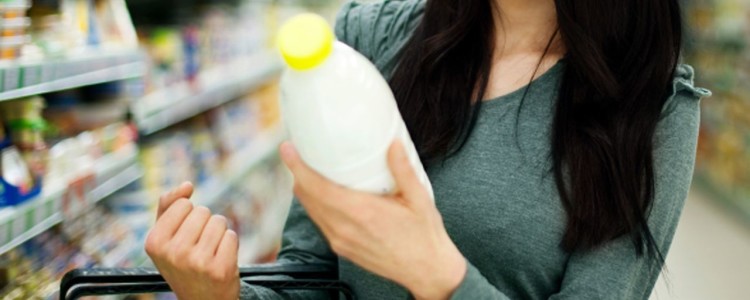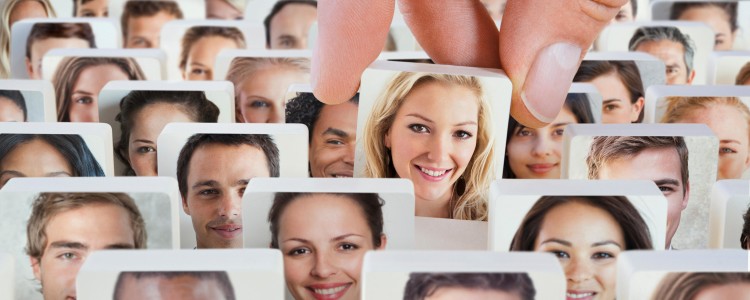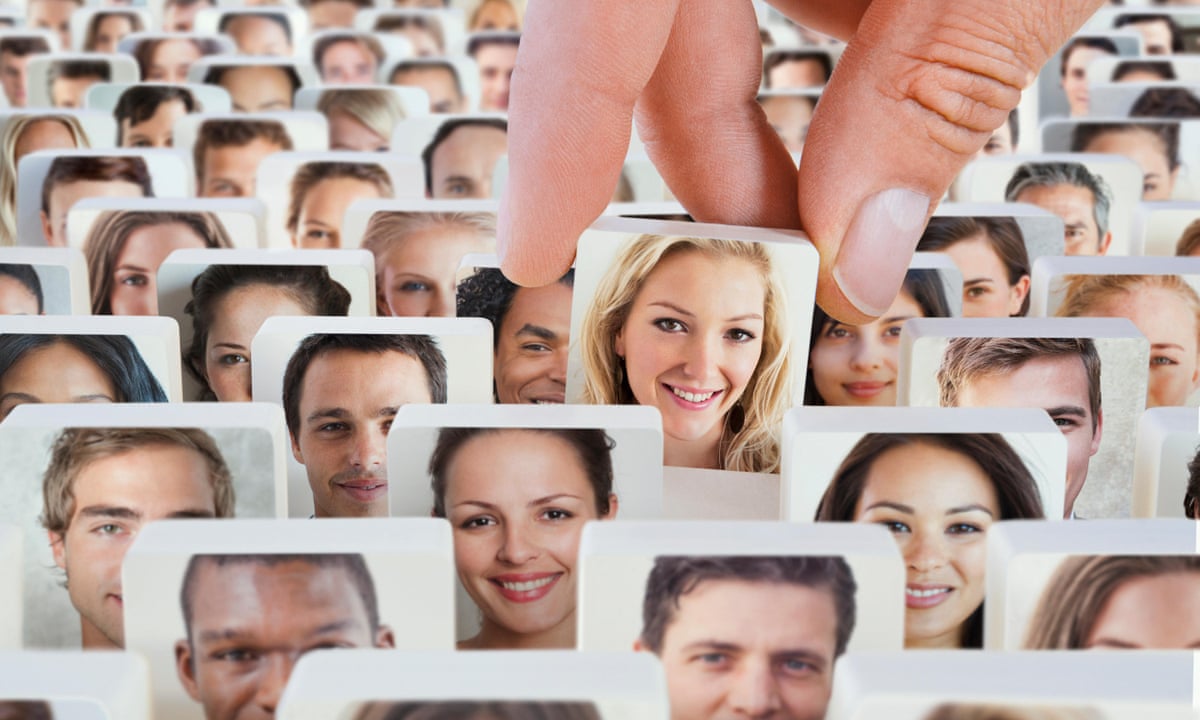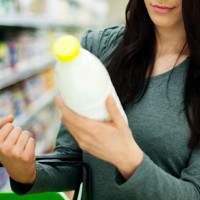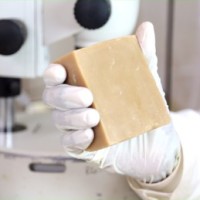
Sell by? Best by? Use by? When it comes to expiration dates, millions of Americans are confused. Congress wants to do something about it. (iStock)
That can of soup in your pantry says Best by June 2018. The cereal box on the shelf above it says Use by October 2016. The salsa in your fridge says Sell by June 6, 2016. And the quart of milk next to it simply says May 22, 2016.
Among the dates found on labels across the U.S. are production or pack dates of manufacture, sell by dates, best if used by dates, use by dates, freeze by dates and even enjoy by dates.
And if that isnt confusing enough, all those dates are determined by differing laws in 41 states.
Its enough to drive a consumer to drink. (Theres good news on that front, though: Whiskey has no expiration date.)
If youre perplexed by all the date stamps, youre not alone. Two Democrats in Congress Sen. Richard Blumenthal of Connecticut and Rep. Chellie Pingree of Maine are just as confused as you are, and they hope to do something about it before their terms expire.
Blumenthal and Pingree are expected to introduce bills in the Senate and House this week to establish a national standard for date labeling that would provide consumers throughout the U.S. with consistent information on when a product begins to lose quality and when it is no longer safe to eat.
Its an effort designed not only to untax our brains, but to reduce food waste, too.
A Harvard study, The Dating Game: How Confusing Food Date Labels Lead to Food Waste in America, found that 40 percent 160 billion pounds of food in the U.S. went uneaten every year, while nearly 15 percent of residents struggled to put food on their tables.
It also found that 91 percent of consumers occasionally throw food away based on the sell by date out of a mistaken concern for food safety even though none of the date labels actually indicate food is unsafe to eat.
The lack of binding federal standards, and the resultant state and local regulatory variability in date labeling rules, has led to a proliferation of diverse and inconsistent date labeling practices in the food industry, the report found. Open dates can come in a dizzying variety of forms, none of which, except for baby formula, are strictly defined or regulated at the federal level.
Many products may have a sell by date of, say, April 1, but they could be good in your pantry for another 12 or 18 months, Chris Bernstein of the Department of Agricultures Food Safety and Inspection Service said last year. And by throwing those out, what you’re doing, is you’re contributing to food waste in the United States.
Last year the Agriculture Department, in conjunction with Cornell University and the Food Marketing Institute, created a smartphone app for Android and Apple devices designed to help consumers determine proper storing methods for foods.
But the app cant address the myriad expiration dates stamped on food packages, which is why Blumenthal and Pingree are submitting their legislation.
The bill would clearly and accurately indicate to consumers when a food product is no longer at peak quality or safe to eat, Blumenthal said in a statement.
It would also prohibit wasteful restrictions that currently bar the donation and sale of food past quality dates.
A lot of people mistakenly think there is some sort of government standard for best by dates and that you have to throw out food once the date is passed, Pingree said in a news release. The truth is its the manufacturer who comes up with those dates, and much of the time the food is perfectly safe to eat well after the date has passed.
